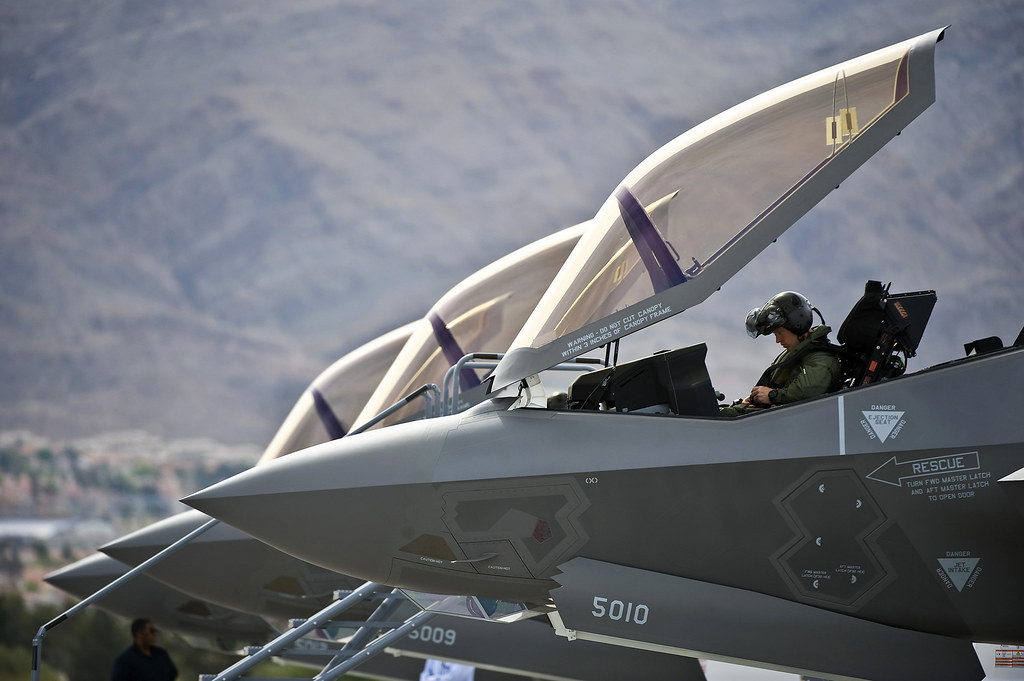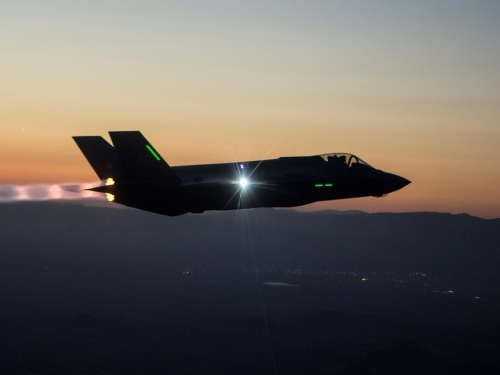
This week’s featured graphic shows the roles within the fighter jet inventories of Germany, France and Spain. For more on current developments of European fighter programs, read Amos Dossi and Niklas Masuhr’s CSS Analysis in Security Policy here.

This week’s featured graphic shows the roles within the fighter jet inventories of Germany, France and Spain. For more on current developments of European fighter programs, read Amos Dossi and Niklas Masuhr’s CSS Analysis in Security Policy here.

This article was originally published by War on the Rocks on 19 August, 2015.
“A modern, autonomous, and thoroughly trained Air Force in being at all times will not alone be sufficient, but without it there can be no national security.”
— General H. H. ‘Hap’ Arnold, USAAF
The beginning of the 21st century has been hard on the Department of Defense. Following closely behind two 20th-century successes in Iraq and the former Yugoslavia, the Department of Defense (DoD) was knocked back on its heels following the September 11 attacks. Departing from the successful post-Vietnam template that relied on airpower to seek limited objectives, the United States engaged in two costly, drawn out, and ultimately unsuccessful campaigns in Iraq and Afghanistan. The ground-centric approach failed to achieve stated goals, mired the U.S. military in complex local political contests, and so constrained two presidents that they both were forced to choose between losing now, and reinforcing failure (losing later).

This article was originally published by War on the Rocks on 5 August, 2015.
Sometimes a technology is so awe-inspiring that the imagination runs away with it — often far, far away from reality. Robots are like that. A lot of big and ultimately unfulfilled promises were made in robotics early on, based on preliminary successes.
– Daniel H. Wilson
The F-35 should be, and almost certainly will be, the last manned strike fighter aircraft the Department of the Navy will ever buy or fly.
– Ray Mabus, Secretary of the Navy

This book review was originally published by the Center for International Maritime Security (CIMSEC) on 28 May, 2015.
Andrew Cockburn. Kill Chain: The Rise of the High-Tech Assassins. Henry Holt Publishers. 307pp. $28.00.
It’s not often that a book review coincides with current events. Books, particularly nonfiction, are usually written and published months, if not years after an event has occurred. That’s because good nonfiction is written in retrospect: writers have spent some time absorbing their subject, researching and analyzing the facts; authors are hesitant to be rash in judgment or thought.
However, there are exceptions. Some pieces of nonfiction, particularly journalists’ works, are appropriate now — not later. Andrew Cockburn’s new book, Kill Chain: The Rise of the High-Tech Assassins, is one of them. Cockburn’s book is timely. In just the past few weeks there has been a flood of reporting from media outlets stating that a drone strike killed an American and an Italian hostage when targeting a group of Al-Qaeda members operating near the Afghanistan-Pakistan border.